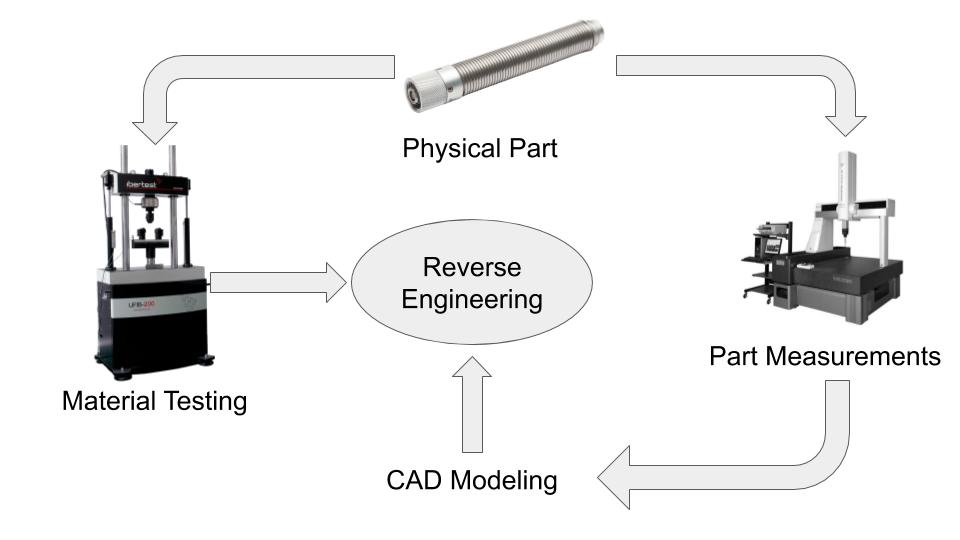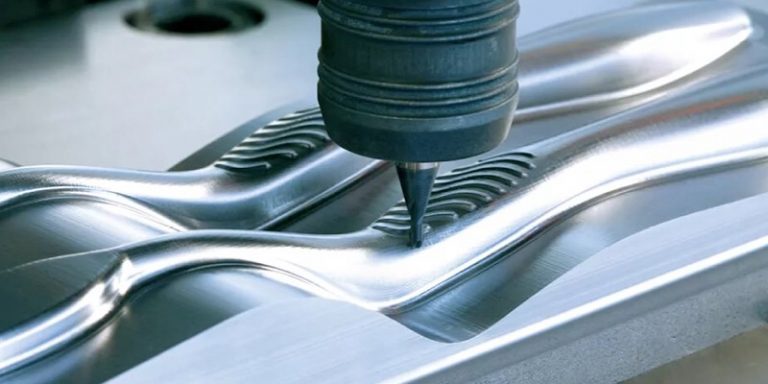The 6-Second Trick For New Product Development, NPI and Prototype Design - Peko

The Greatest Guide To Hands-on Product Design: Advanced Mechanical Design course
3. 2.2 Divergent, Convergent Model, Because the models are abstract in idea, it is challenging to imagine the truth. I now propose to present an alternative design, which I hope better highlights the design procedure in all its splendor. If we take the phases identified previously we can produce a design, as highlighted in Figure 3.
7. Medical devices design model. The general limit is "funnel" formed for a specific factor, which will be explained later on. Once again, Look At This Piece has existed as a linear task, from delegated right, entirely for clarity of presentation. Concealed within this "funnel" is a series of twists, turns, roundabouts, and stop indications; once again, these occasions will be discussed and provided in more detail later on.

Engineering Consultancy Service Industrial Design Unique Product Development - Buy Design Service Industrial Design China Product Design Development Product Design And Development Services Product Research,Product Development Services Industrial Design
First of all a need is developed; second of all the full background to the need is clarified; thirdly principles are established; and finally detailed design takes us to a final result. There are three more phases to consider, which present the total viewpoint. The very first general stage is "open": this implies the designer needs to be available to whatever there are no holds disallowed, absolutely nothing is considered to be dumb.

Product Design Specification - an overview - ScienceDirect Topics
Top Guidelines Of Industrial design - Wikipedia
The middle phase, "survival of the fittest," is a choice stage. Here the designer picks the very best option; that is why you require an open stage otherwise you would have absolutely nothing to pick from. The 3rd phase is a "selective" stage; here the designer is selective about what they do and the jobs carried out are frequently highly recommended.
8 attempts to show this by explaining the kind of activity carried out throughout the design process. The very start of the process is methodical (producing the statement of requirement), however quickly the brain begins to work and the entire process is dominated by creative thought. You need to be believing creatively to produce alternatives; you should behave creatively to determine and research study options.
This is now technique dominated and you will discover yourself following well-trodden paths. Figure 3. 8. Design procedure versus effort. We now take this model one phase further and take a look at ideas. Figure 3. 9 highlights this graphically. At the start you will have some preliminary ideas about the final outcome.

